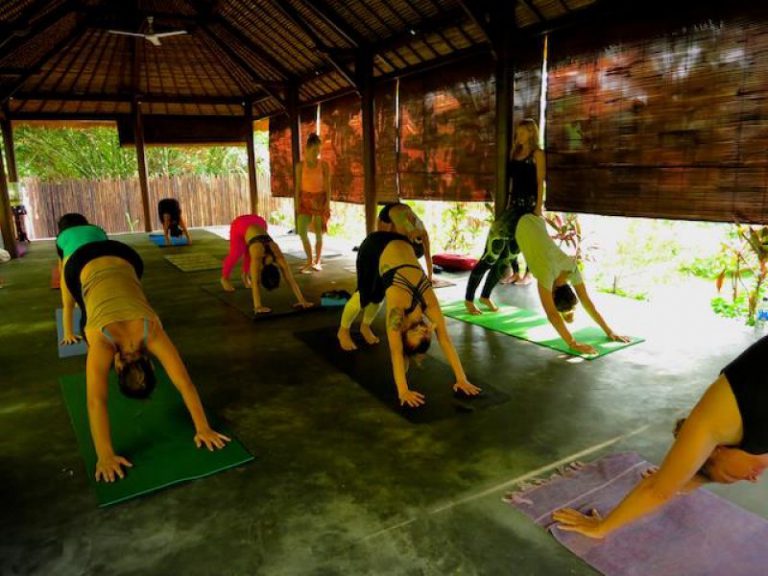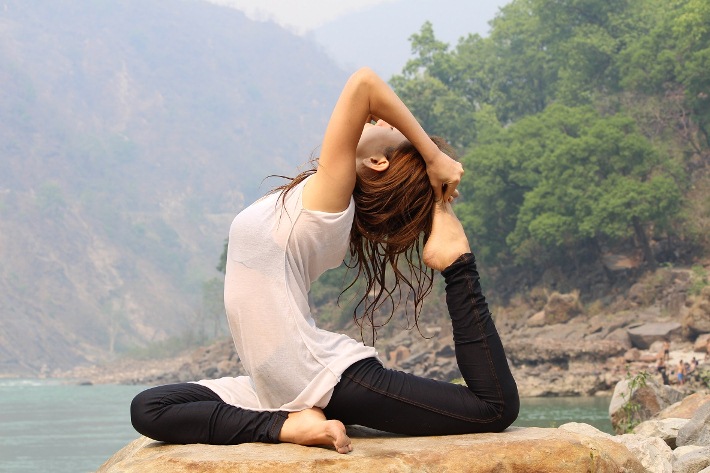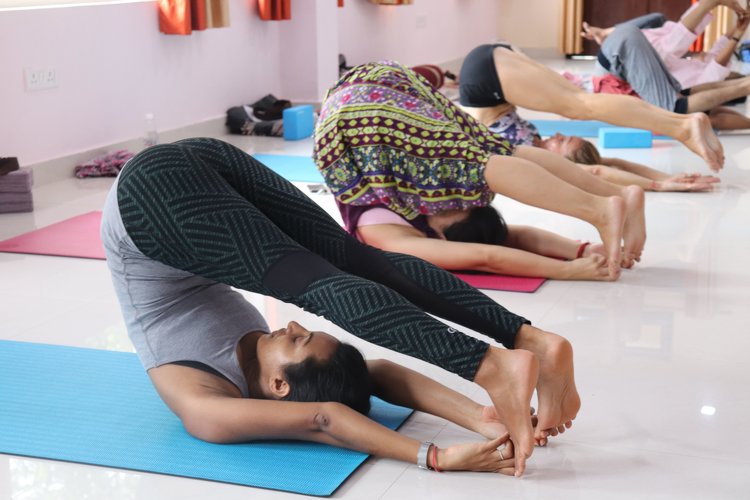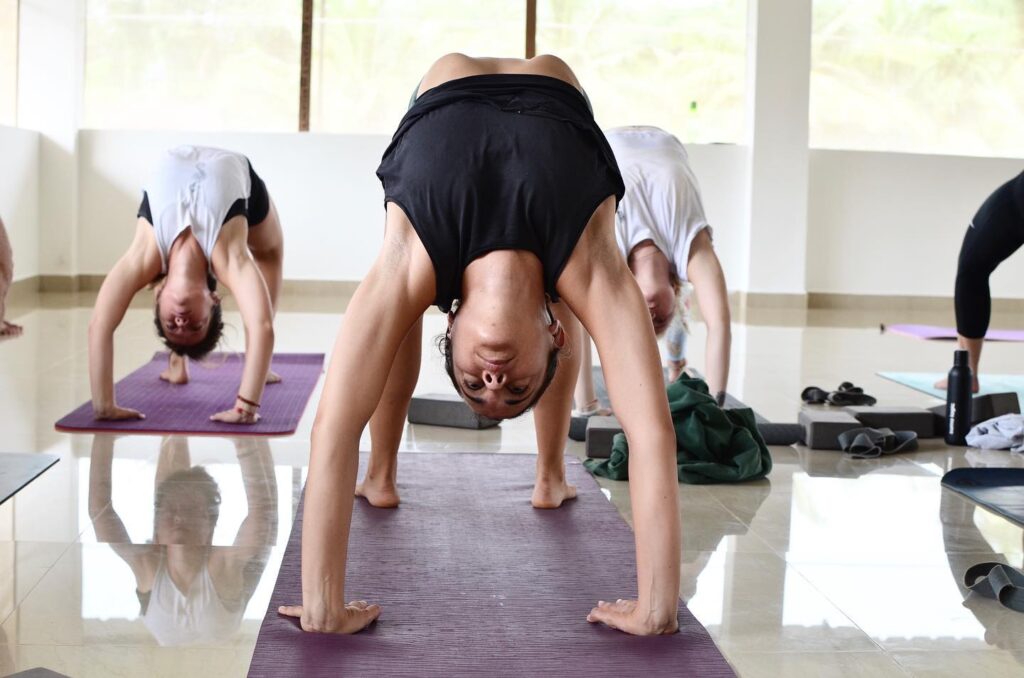Kundalini Yoga is a spiritual practice known for its intense focus on awakening the latent energy within the human body. This practice is deeply rooted in ancient traditions, but in recent years, it has gained popularity worldwide. However, with its rise in popularity, concerns about its potential dangers have also emerged. This article explores the risks associated with Kundalini Yoga, shedding light on why it can be considered dangerous.
Understanding Kundalini Energy
Kundalini energy is often described as a coiled serpent lying dormant at the base of the spine. The goal of Kundalini Yoga is to awaken this energy and guide it through the chakras, or energy centers, of the body until it reaches the crown chakra, leading to a state of enlightenment. While this process is said to bring spiritual awakening, it also carries significant risks.
The Process of Awakening Kundalini Energy

The process of awakening Kundalini energy involves a combination of physical postures (asanas), breath control (pranayama), meditation, and chanting. Practitioners believe that these practices help to unblock energy pathways and allow the Kundalini energy to rise. However, this process can be intense and overwhelming, especially for those who are unprepared.
Methods of Awakening Kundalini

- Breathing Exercises (Pranayama): Specific breathing techniques are used to stimulate the energy flow. However, improper practice can lead to hyperventilation, dizziness, and even panic attacks.
- Chanting and Mantras: These are used to focus the mind and awaken the energy. But, excessive chanting can lead to altered states of consciousness that may be unsettling.
- Physical Postures (Asanas): These postures are designed to prepare the body for the rise of Kundalini energy. However, if done incorrectly, they can cause physical strain and injury.
The Psychological Risks of Kundalini Yoga

One of the most concerning aspects of Kundalini Yoga is its impact on mental health. The awakening of Kundalini energy can lead to intense psychological experiences that are difficult to manage.
Emotional Instability
Practicing Kundalini Yoga can bring suppressed emotions to the surface, leading to emotional instability. Practitioners may experience extreme mood swings, overwhelming emotions, and a sense of losing control.

Anxiety and Panic Attacks
The intense energy shifts associated with Kundalini awakening can trigger anxiety and panic attacks. The unfamiliar sensations and heightened awareness can be overwhelming, leading to a state of constant fear or unease.
Psychosis and Hallucinations
In extreme cases, Kundalini awakening can lead to psychosis or hallucinations. The sudden influx of energy can cause a disconnect from reality, leading to confusion, paranoia, and even delusions.
The Physical Dangers of Kundalini Yoga

While Kundalini Yoga is primarily known for its spiritual and psychological effects, it also poses significant physical risks.
Nervous System Overload
The sudden rise of Kundalini energy can overwhelm the nervous system, leading to symptoms such as headaches, migraines, dizziness, and physical exhaustion. The nervous system may not be equipped to handle the intense energy, leading to burnout or collapse.

Chakra Overstimulation
Kundalini Yoga aims to activate the chakras, but overstimulation can lead to energetic imbalances. This can result in physical symptoms such as heart palpitations, digestive issues, and respiratory problems.
Somatic Symptoms
Practitioners may experience various somatic symptoms, including nausea, body aches, and muscle spasms. These symptoms can be a result of the body’s attempt to adjust to the intense energy flow.
Spiritual and Energetic Risks
The spiritual aspects of Kundalini Yoga can also be dangerous, particularly for those who are not spiritually prepared or guided.
Spiritual Crisis or Emergency
A sudden awakening of Kundalini energy can lead to a spiritual crisis or emergency. This occurs when the individual is unable to integrate the spiritual experiences, leading to confusion, fear, and a sense of losing one’s identity.
Negative Spiritual Entities
Some practitioners believe that the awakening of Kundalini energy can attract negative spiritual entities or energies. These entities may interfere with the practitioner’s spiritual path, leading to negative experiences or even spiritual harm.

Energetic Imbalances
Improper handling of Kundalini energy can lead to energetic imbalances. This can manifest as feeling “off,” disconnected from reality, or experiencing a loss of grounding.
The Importance of Proper Guidance
Given the risks associated with Kundalini Yoga, proper guidance from an experienced teacher is crucial.
The Role of a Teacher
An experienced teacher can help navigate the challenges of Kundalini Yoga, ensuring that the practices are done safely and effectively. They can provide the necessary support and guidance to help manage the intense experiences that may arise.
Risks of Self-Exploration

Practicing Kundalini Yoga without proper guidance can be dangerous. The individual may not be able to handle the intense experiences, leading to physical, psychological, and spiritual harm.
How to Find a Qualified Teacher
When looking for a teacher, it is important to find someone with experience and a deep understanding of Kundalini Yoga. They should be able to provide personalized guidance and support, helping the practitioner to navigate the challenges safely.
Case Studies and Personal Experiences

Real-life case studies and personal experiences highlight the potential dangers of Kundalini Yoga.
Case Study 1: Overwhelming Energy and Mental Breakdown
One individual experienced a sudden awakening of Kundalini energy, leading to overwhelming sensations and a mental breakdown. The individual was unable to cope with the intense energy, resulting in a long-term psychological impact.
Case Study 2: Physical Exhaustion and Nervous System Collapse

Another practitioner experienced severe physical exhaustion and nervous system collapse after practicing Kundalini Yoga intensively. The individual was left bedridden for weeks, highlighting the physical risks of the practice.
Case Study 3: Spiritual Crisis and Loss of Identity
A third case involved a spiritual crisis where the individual lost their sense of identity. The sudden influx of Kundalini energy led to confusion, fear, and a sense of losing oneself.
Managing the Risks of Kundalini Yoga

Despite the dangers, there are ways to manage and mitigate the risks associated with Kundalini Yoga.
Preparation and Readiness
Before practicing Kundalini Yoga, it is important to prepare mentally, physically, and spiritually. This involves building a strong foundation in other forms of yoga and meditation and ensuring that one is emotionally and psychologically stable.
Safe Practices
Practicing Kundalini Yoga safely involves progressing gradually, listening to one’s body and mind, and seeking guidance from an experienced teacher. It is important to be aware of the risks and take steps to mitigate them.

Balancing Kundalini with Other Practices
To maintain balance, it is recommended to integrate Kundalini Yoga with other forms of yoga and mindfulness practices. This can help to ground the practitioner and prevent the negative effects of Kundalini awakening.
Conclusion
Kundalini Yoga is a powerful spiritual practice with the potential for profound transformation. However, it also carries significant risks, particularly for those who are unprepared or lack proper guidance. By understanding these risks and taking the necessary precautions, practitioners can approach Kundalini Yoga with caution and respect, ensuring a safer and more balanced experience.

FAQs on Why Kundalini Yoga is Dangerous
1. What is Kundalini Yoga?
Kundalini Yoga is a spiritual practice that focuses on awakening the dormant energy, known as Kundalini, located at the base of the spine. The practice involves a combination of physical postures, breath control, chanting, and meditation to stimulate this energy and guide it through the body’s chakras.
2. Why is Kundalini Yoga considered dangerous?
Kundalini Yoga is considered dangerous because it can trigger intense physical, psychological, and spiritual experiences. The sudden awakening of Kundalini energy can lead to mental health issues, nervous system overload, and spiritual crises if not handled properly.

3. What are the psychological risks associated with Kundalini Yoga?
Psychological risks include emotional instability, anxiety, panic attacks, and in extreme cases, psychosis or hallucinations. The intense energy shifts can overwhelm the mind, leading to these adverse effects.
4. Can Kundalini Yoga cause physical harm?
Yes, Kundalini Yoga can cause physical harm, particularly if the practices are performed incorrectly or without proper guidance. Risks include nervous system overload, headaches, dizziness, and other somatic symptoms such as nausea and muscle spasms.
5. What is a Kundalini crisis or spiritual emergency?
A Kundalini crisis or spiritual emergency occurs when the individual cannot integrate the intense spiritual experiences associated with Kundalini awakening. This can lead to confusion, fear, and a sense of losing one’s identity.

6. Are there any long-term effects of an improper Kundalini awakening?
Yes, improper Kundalini awakening can lead to long-term effects such as chronic anxiety, depression, and a persistent sense of disconnection from reality. Physical symptoms such as chronic fatigue and nervous system issues can also persist.
7. How can I practice Kundalini Yoga safely?
To practice Kundalini Yoga safely, it is important to start slowly and progress gradually. Always seek guidance from an experienced teacher, be aware of your body’s limits, and avoid pushing yourself too hard. Balancing Kundalini Yoga with other grounding practices is also recommended.
8. Is it necessary to have a teacher for Kundalini Yoga?
Yes, having an experienced teacher is crucial when practicing Kundalini Yoga. A qualified teacher can guide you through the process safely, help manage any intense experiences, and ensure that you are practicing in a way that minimizes risks.
9. What should I do if I experience negative symptoms during Kundalini Yoga?
If you experience negative symptoms such as anxiety, physical discomfort, or emotional instability, it is important to stop the practice and seek help. Consulting with a qualified Kundalini Yoga teacher or a mental health professional is advisable.

10. Is Kundalini Yoga suitable for everyone?
Kundalini Yoga is not suitable for everyone, especially those with pre-existing mental health conditions or physical ailments. It is important to assess your readiness and consult with a healthcare professional or experienced teacher before starting the practice.
11. Can Kundalini Yoga attract negative spiritual entities?
Some practitioners believe that improper Kundalini awakening can attract negative spiritual entities or energies. This is a spiritual concern and underscores the importance of proper guidance and preparation.
12. What are the signs of a Kundalini awakening?
Signs of a Kundalini awakening include heightened energy levels, increased sensitivity to light and sound, intense emotions, vivid dreams, and a feeling of energy moving through the body. While these can be positive, they can also be overwhelming if not managed properly.
13. How can I find a qualified Kundalini Yoga teacher?
To find a qualified Kundalini Yoga teacher, look for someone with extensive experience and a deep understanding of the practice. It’s also helpful to seek recommendations from trusted sources and to ask potential teachers about their approach to safety and guidance.
14. Can Kundalini Yoga be practiced alongside other forms of yoga?
Yes, Kundalini Yoga can be practiced alongside other forms of yoga, and doing so can help maintain balance and prevent the negative effects of an intense Kundalini awakening. Practices like Hatha Yoga or Yin Yoga can be particularly grounding.
15. Is it possible to reverse or stop a Kundalini awakening?
While it is difficult to completely reverse a Kundalini awakening, it is possible to manage and mitigate the symptoms. Grounding practices, rest, and seeking support from a qualified teacher or spiritual advisor can help stabilize the experience.

This FAQ section provides concise answers to common questions about the dangers of Kundalini Yoga, helping readers to better understand the risks and how to approach the practice safely.

